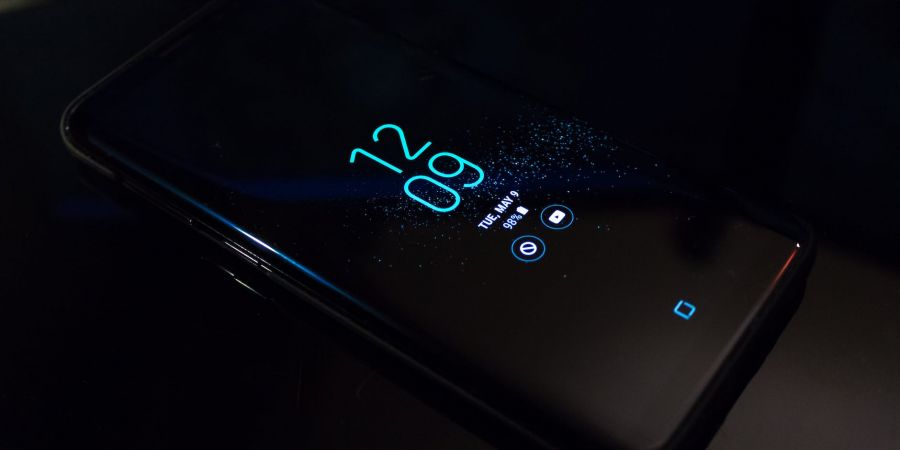

Devices that connect to the internet and communicate with one another and referred to as IoT, or the “Internet of Things.” IoT devices are objects that have been fitted with chips to collect and transmit data via a network, in addition to PCs, laptops, and smartphones.
The variety of Internet of Things devices, both actual and hypothetical, is vast. Whether it's a smart speaker or a home thermostat, users of IoT devices frequency communicate with them using their cellphones. When you use a connected device to build a grocery list, you can save time and money by doing things like turning down the thermostat at home while you're away.
The use of IoT devices will extend beyond consumers. Smart technology use by businesses and cities will increase as they seek to reduce costs and save time.
As a result, cities will be able to automate, remotely control, and gather data using devices like visitor kiosks, security camera systems, bike rental stations, and taxis.
Thermostats, lighting controls, coffee makers, and other smart home hubs all gather information about your routines and patterns of use.
Voice-controlled gadgets can record what you say to them and keep such recordings in the cloud after they are set up. The majority of the time, data is gathered to aid so-called machine learning.
The Internet of Things is a rapidly growing industry and can be divided into several categories: consumer, commercial and industrial. When you think of IoT as a consumer, you might think of a refrigerator that lets you know when it's out of milk, but that doesn't make him revolutionary. Instead, refrigerators capture energy usage and generate data from across the grid, use that data to figure out how to best allocate energy resources to optimize overall energy usage, and communicate with consumers. It should benefit both utility companies.
IoT companies are paving the way for a future that minimizes waste, increases energy efficiency, and increases personal autonomy. However, to be sustainable, connected device systems must be feedback-rich, responsive, and actions connected via data. A blockchain's approach to a decentralized network is a distributed ledger shared by the nodes of the network rather than a central server. However, encrypting and validating blockchain transactions is computationally intensive, and IoT devices typically have limited processing power.
As more devices connect to the Internet of Things, cloud infrastructure and maintenance costs will be squeezed. We need to reduce our reliance on cloud-based platforms to analyze data and make data-driven decisions faster.
